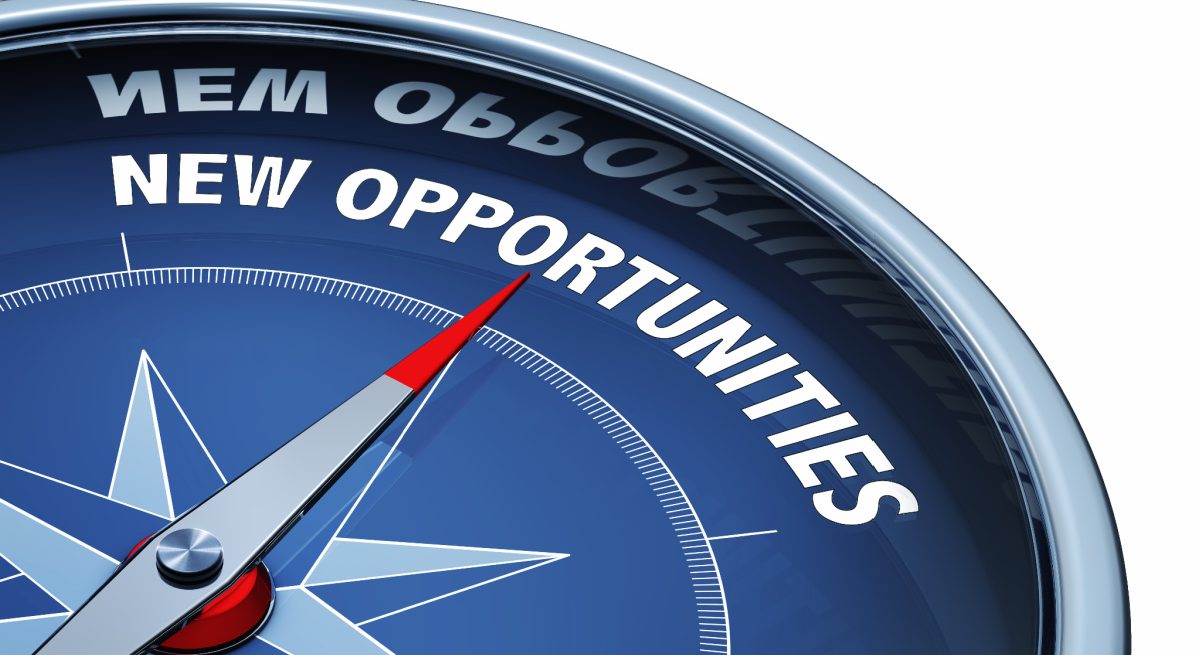Radical Reconsideration and the Behavior Change Opportunity for Restaurants
4 Min Read By Jeff Graham
Restaurants ranked as one the most dramatically impacted sectors of the economy during the pandemic, right up there with airlines, hotels, gyms and movie theaters. A year later, we see the promise of accelerating vaccination rates, and the lifting of crippling capacity restrictions imposed on restaurants. While we all know in-person dining will return in force (I personally can’t wait to get back to my favorite spots), the tectonic shifts we saw in the industry aren’t going to magically reverse themselves. Consumers are already living in the next normal, and operators need to be ready to keep pace with guest expectations that have permanently shifted.
I’m not alone in arguing COVID-19 has merely served as a great accelerator of changes that were already underway. Tech companies were leading the way in flexible schedules and remote working arrangements to retain Millennial and Gen Z employees, now every industry knows firsthand that it works. My mom might love JCPenney, but even she knew pre-pandemic that many of her bricks-and-mortar retail faves were going down the tubes. The movie business was already being seriously disrupted by the likes of Netflix, Amazon and Apple. Then the pandemic blew up the old distribution model once and for all, as first-run movies started premiering in our living rooms. Nobody’s going to put that toothpaste back in the tube.
Opportunistic restaurant brands can help turn these new, pandemic-driven first-time behaviors into long term habits by understanding a few behavior change fundamentals.
Like so many other sectors of the economy, the pandemic has simply accelerated changes already occurring in the restaurant space. Even pre-COVID, nearly 60-70 percent of QSR business was coming from the drive-through, and that increased another 26 percent in the last year, according to The NPD Group. Smart fast-casual concepts were laying the groundwork for their own off-premise future – reconfiguring stores for majority carry-out business and installing drive-through lanes of their own. Even full-service restaurants had accepted the inevitable, seeing gains by embracing options like mobile ordering, curbside pickup and third-party delivery.
There’s a ‘radical reconsideration’ underway among consumers as we emerge from the pandemic. Consumers are more willing than ever before to shed long standing habits, brand loyalties and buying behaviors. A recent McKinsey analysis showed 75 percent of consumers reported trying a new store, brand or a different way of shopping during the last year, and 60 percent expect to continue these new behaviors post-COVID. Those are important indicators for restaurants, and they track with a 2020 Technomic report on delivery and takeout trends showing 66 percent of consumers saying they anticipate continued use of options like curbside pickup, even after dine-in services resume.
However, the sweeping changes we’ve seen in guest behavior won’t stick simply because the pandemic forced them. Opportunistic restaurant brands can help turn these new, pandemic-driven first-time behaviors into long term habits by understanding a few behavior change fundamentals.
The problem with behavior change in the restaurant space currently is most concepts only know how to “buy” short-term change by way of a promotional calendar of LTOs, BOGOs, app-based loyalty points, discounting, and the like. Operators know exactly what will happen when they pull that lever: when the change will kick in, when it will peak, by how much, what it costs and when the effect will wear off. And while that precision is great, they’ve still only succeeded in purchasing exactly one instance of the behavior they’re hoping becomes a regular habit. Hope isn’t a strategy. The real issue to address is why a guest needs a $1 off coupon to use your brand only once. Clearly there’s deeper value equation work to be done. This is hard, uncertain work and it takes time — whereas promotions are quick, easy and the short-term behavior change is entirely predictable, and the cycle continues.
Behavioral science tells us our beliefs drive our behaviors. As consumers, the vast majority of our decisions aren’t deliberate at all; they happen in the automatic, shortcut-driven part of our brains. Faced with a decision like using a restaurant app to order ahead for the first time, a previously held belief (“I’ve heard using apps to order ahead is unreliable, they’ll probably get my order wrong”) can block consumers from rationally evaluating new alternatives, perpetuating existing habits and routines. To meaningfully affect long-term behavior change, there has to be an underlying shift in belief that accompanies it.
This represents an unprecedented opportunity for restaurants to harness the fundamental truths of behavior change to their advantage.
Equally important is how our behaviors drive our beliefs. Because behaviors, like say, using app-based ordering for the first time, results in experience feedback that either reaffirms or changes our previously held beliefs (“Hey that was easy, they got my order right, I think I’ll keep using the app to order ahead.”). That positive feedback creates a shift, replacing an old, inhibiting belief with a new, accelerating belief. As the new behavior gets repeated, more positive experience feedback is received into memory, creating a flywheel effect that turns that new behavior into a habit.
None of this is new, profound or proprietary. It’s based on what our agency has known from decades of working in the public health arena with behavior change models, strategy and creativity to break down bad habits and replace them with positive ones. The same behavioral science-based approach that’s helped us successfully tackle smoking cessation, suicide prevention and opioid addiction has proven to be just as effective in getting people to switch banks, buy organic mac & cheese, and to drive traffic to the new, better burger joint down the street.
What is new is this moment of radical reconsideration as we emerge from the pandemic. It represents an unprecedented opportunity for restaurants to harness the fundamental truths of behavior change to their advantage. Get upstream to challenge inhibiting beliefs that keep your guests stuck in old, unhelpful patterns. Create and deliver consistently remarkable guest experiences that embrace the convenient, off-premise trends modern consumers are demanding. Obsess on customer experience fundamentals like order accuracy, improved speed of service, frictionless digital and mobile experiences and new menu items designed to travel well. You’ll turn those pandemic-driven trial behaviors into long-term guest habits that stick – and build a brand that’s less dependent on the short-term promotional discounting tactics that have been the oxygen of the industry for too long.


